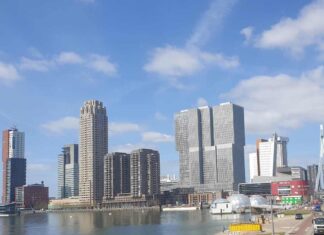The study of Rabobank The Netherlands ‘Poland up to 2022: Fish nor Fowl’ provides an in depth analysis of Poland and points out the key developments in the next decade.
The main message is portrayed in the subtitle ‘Fish nor Fowl’. The study sees Poland as a stable country, which is neither a crisis-prone, nor a very dynamic, booming emerging market.
– It has some promising sectors, but also a lagging business environment. It has well-educated workforce, but a mismatch with the demanded skills. It is a young state, but has an ageing population. It has attractive low labour costs, but relatively low labour productivity. It has a sustainable pension system, but only very small pensions. It has a diversified economy, but the labour market strongly relies on the agricultural and public sector – we read in the study.
The study provides a SWOT analysis of Poland and looks at the long-term economic growth expectations for Poland. After looking at the historical development of economic growth and the growth drivers, the authors present a baseline scenario for the economy. Subsequently several positive and negative shocks are described in order to develop different scenarios.
The tested shocks are: (1) increased labour participation, (2) higher emigration, (3) depreciation of the zloty, (4) early EMU entry, and (5) higher oil price.
Scenario 2: Higher emigration
In its population projection 2008-2035, GUS assumes that net migration will decline and that Poland even becomes a net immigration country around 2020. In this scenario over the next decade, extra migration supports economic growth by 0.2% in the beginning, but in the longer run it pushes growth down by 0.7%.
-
- Download the study ‘Poland up to 2022 Fish nor Fowl’ of Rabobank The Netherlands

Published at website of Polonia.NL 10.10.2011
Publisher: STEP – Association of Polish Experts in The Netherlands. Czytaj o nas









